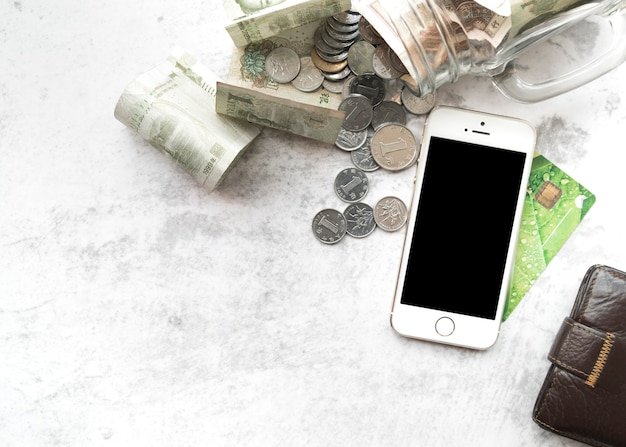
If you’re reading this, it means I still don’t have Internet access in Guatemala, but I’m working on it!
Last week, a reader asked how I manage to travel and fund my way around the world. Since several people have asked me this in the past, I decided to respond with this two-part series. The question was:
One of the things that has stopped me from traveling is the fear of not having any income while on the road. How do you manage that?
The money part of traveling is surprisingly straightforward: you don’t need as much as you think.
In my case, I went to business school during my last two years of college, which was paid for by the company I worked part-time for. I also earned a salary and managed to save money throughout college.
My salary and a scholarship added up to around $2000 per month, and since most of my friends were still broke students, I lived like them. I watched my savings grow and started dreaming of taking a round-the-world trip after graduation. I crunched the numbers and figured I needed about $1000 per month, including flights and everything.
I saved aggressively, picking up a weekend waitress job and cutting down on nights out, though I still entertained friends at home. By the end of the year, I had far more money than needed for a year-long trip.
I chose to buy a flat in the suburbs of Paris and planned to travel using the rental income. I still had a financial cushion in case of emergencies. My philosophy was simple: as long as I had enough money for a last-minute, one-way ticket home, I was good. That ticket costs about $3000, and while I hoped never to need it, knowing I could afford it brought peace of mind.
I traveled for a year on just $15 a day. Comfort wasn’t a priority—I camped, slept on buses, ate at markets, and hitchhiked. But I also treated myself when I wanted. For example, in Honduras, I got my diving certification and logged ten dives. I often talked to other travelers about their experiences and the cheapest ways to visit places like Angkor Wat in Cambodia, where a day pass was $20 and a three-day pass was $40. While I’m not a fan of antique sites, I felt Angkor Wat was a must-see. Most people recommended a three-day pass to avoid exhaustion, but I opted for the one-day pass and spent an extra night in a $2 hotel to rest.
Back to the main point: traveling is cheap. When you travel for a week, you might need a plane ticket and an all-inclusive package, costing over $1000. Traveling slowly is much cheaper. You avoid plane tickets, stay in small guest houses, and pay for only what you use. For instance, a $10 guest house offers a clean room and bed, while a resort charges you for amenities like a pool and all-you-can-eat breakfast, whether you use them or not.
As for not having an income, during my first year of travel, I wasn’t worried. I had rental income every quarter and my college savings. I considered finding a small job on the road but decided against it due to low wages. In Central America, tourists often get jobs paying $1 per hour plus tips. After an 8-hour shift, they might earn $15, which goes far in Guatemala. But I’d rather work one day in France and enjoy a full week in Guatemala than work for local minimum wages.
Thanks to the French system, if I returned home jobless after my trip, I could claim 24 months of jobseeker’s allowance, which was my “savings” cushion. Worst case, I could get 70% of my last income for two years. While this was reassuring, I now feel secure with 4-6 months of living expenses in the bank. I’ve never gone that long without a job, at least not intentionally, and I could always take a menial job to extend my emergency cushion if needed.
To be continued…









